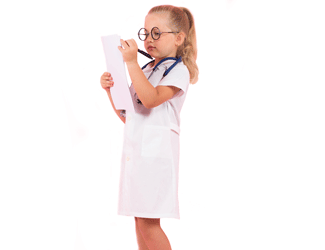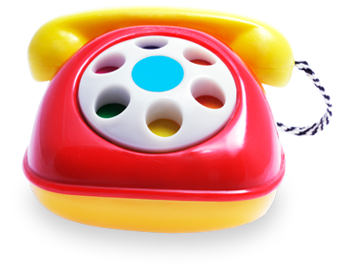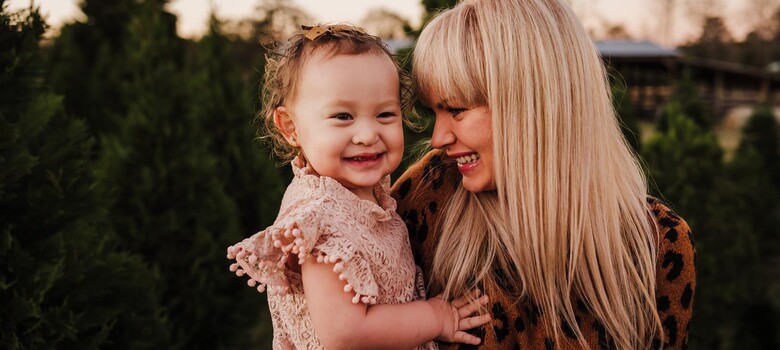The following timeline indicates what procedures may be performed before and after your child’s cleft lip or palate closure. Your child’s treatment plan will be personalized to their needs. The timing of everything is based on cleft type, severity, symmetry, and width. We are your partners in this process and are with you every step.
Ages 1 to 4 Months
The pre-surgical, custom-made orthopedic appliance narrows a wide cleft by bringing together the two sides of the cleft lip and gum while molding the distorted nose. This facilitates the primary lip, nose, and gum surgery, and results in a more aesthetic outcome.
Ages 3 to 6 Months
Cleft lip surgery (cheiloplasty) closes the opening in the lip inside and outside the mouth. At the same time, the surgeon may correct a nasal deformity.
Gingivoperiosteoplasty (GPP) connects the two sides of the gum line to encourage bone growth from one side to the other. It has been shown to decrease the need for future bone grafting. When possible, this procedure is done at the same time as cleft lip or cleft palate closure. it cannot be done when the gap between the gums is very wide.
Ages 10 to 14 Months
Cleft palate surgery (palatoplasty) closes the opening in the palate. It brings together and aligns the soft tissue on either side of the cleft, as well as the muscles of the palate that are used to produce speech. GPP may be performed at the same time.
Ear tubes are frequently placed during this surgery.
Ages 1 to 2
Speech-language assessments and therapy begin at age 1
Dental checkups begin at age 2.
Ages 4 to 6
Some children may require a second palate surgery. Pharyngoplasty/sphincteroplasty corrects the shape and function of the palate, which can reduce/eliminate nasal speech. Our speech therapists work with our plastic surgeons to determine whether this procedure will be beneficial.
Ages 6 to 8
Primary orthodontic treatment, including palate expansion.
Ages 7 to 10
Alveolar bone grafting is performed to add bone to the upper jaw. It may be performed in children with a complete cleft lip that involves the gum line. The bone graft is taken from the spongy part on the inside of the hip bone. Harvesting this graft does not affect your child’s ability to walk, run, or play sports.
Ages 10 to 12
Secondary orthodontic treatment (braces)
Ages 17 to 19
Jaw surgery (orthognathic surgery) may be recommended around age 17 to align the upper and lower jaw when orthodontic treatment alone cannot correct the problem. The misalignment can result in problems with speech, chewing, and appearance.
Nose surgery (rhinoplasty) may be performed when your child reaches skeletal maturity to improve function and/or appearance.





